What is x-y graph? What does each axis represent?
XY mode is used when you have two inputs (channel 1 and channel 2) and you want to represent the phase relationship between them differently: -

Typical is when Y lags X by 90 degrees and is the same frequency - it produces a circle as per the top line above. Channel 1 normally drives the Y axis and channel 2 drives the X axis.
This function is available on most o-scopes.
How Can I measure the frequency of a signal that is composed of two
frequencies? such as: resonant frequency or harmonics.
It's tricky with a normal scope and I'd tend to use a spectrum analyser for this if accuracy is required. Having said that, if the input is a waveform that is harmonic rich then a scope can be used to fairly accurately determine the fundamental frequency - think of a square wave - it contains an infinite series of harmonics but nobody has much problem determining the fundamental frequency: -

The square wave above (black) is running at 1 kHz because the timebase is 1 milliseconds for each cycle. Having said all that it appears that the sound card software in the question has this feature: -
Frequency analysis (Fourier spectrum)

